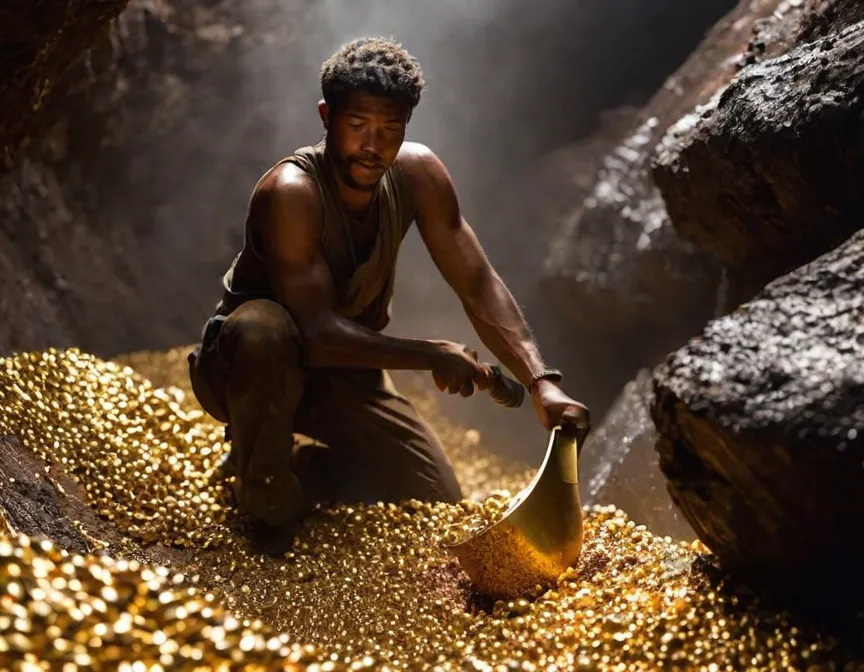Consensus Mechanisms: Proof of Work (PoW)
Proof of Work, used in cryptocurrencies like Bitcoin, relies on miners solving complex math problems to validate transactions and prevent centralization.

Proof of Work and Mining: Keeping Cryptocurrency Safe
Proof of Work (PoW) and mining are essential parts of how cryptocurrencies stay safe and make sure transactions are okay. This part will look at how PoW works, how mining happens, and why it's important for keeping cryptocurrencies safe.
Proof of Work (PoW)
Proof of Work is a way many cryptocurrencies, like Bitcoin, agree on things and make sure transactions are good in a network without one person or group having all the power. PoW needs people, called miners, to work hard on solving a tricky math problem that shows they did a lot of computer work.
Making Sure Everyone Agrees
PoW makes sure everyone agrees by making miners compete to solve the tricky problem. When a miner solves it, it shows they worked hard and can add new transactions to the blockchain.
Keeping Things Safe
The hard computer work needed for PoW keeps the cryptocurrency safe. It makes it too expensive for someone to be bad and control most of the computer power, stopping things like tricking the system or messing with the blockchain.
Mining Process
Mining is how new blocks get added to the blockchain and transactions get checked. Miners work to solve the PoW problem by doing something called hashing until they find a special answer. Here are the steps:
Collecting Transactions
Miners get transactions that need to be checked, making a group called the mempool.
Making a Block
Miners pick some transactions from the mempool and make a block by putting them together with other block stuff, like the last block and a time.
Doing the Tricky Part
Miners try lots of different numbers until they find one that works. It's like finding a key to a lock, and the lock gets harder if too many keys are found too fast.
Checking the Answer
Once a miner finds the right key, they tell everyone. Others check if it's the right key too by doing their own check. If it is, the miner can add the new block to the blockchain and gets a reward.
Adding the Block
When everyone agrees, the miner adds the new block to the blockchain. They get new cryptocurrency and money from transactions for doing a good job.
Economic Rewards
Mining gives rewards to miners to make them want to keep the cryptocurrency safe. Miners get new cryptocurrency and money from transactions for their hard work. This helps keep everything stable and safe.
Example
In Bitcoin, miners get a set number of new bitcoins for every block they add. They also get money from people paying for their transactions to be in the block.
Mining Difficulty and Keeping Things Safe
Mining gets harder or easier to make sure new blocks are added at a steady speed. The difficulty changes based on how much computer power is in the network. More power means it gets harder, making it tough for someone bad to control the network.
Example
Bitcoin changes the difficulty every 2016 blocks (around two weeks) based on how fast the last 2016 blocks were made.
Mining Centralization Concerns
Over time, mining has become more about needing lots of resources and skills, making some worry that only a few big groups will do it. But people are trying to fix this by using different ways to agree on things, so more people can be part of mining.
Conclusion
Proof of Work and mining are big parts of how cryptocurrencies work, keeping things safe and making sure everyone agrees on transactions. Miners do hard computer work, and in return, they get new cryptocurrency and money from transactions. Understanding how PoW and mining work is important for making strong and safe cryptocurrency systems. Miners working together help cryptocurrencies be fair and trusted by everyone.
This article takes inspiration from a lesson found in 15.S12 at MIT.